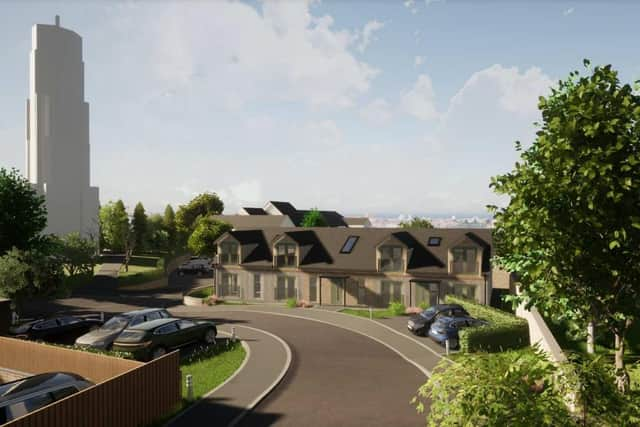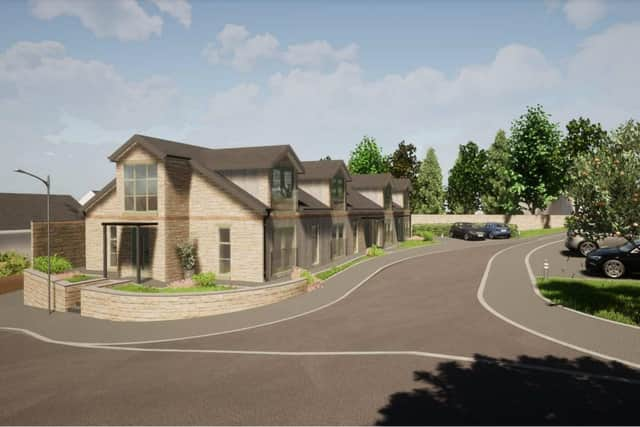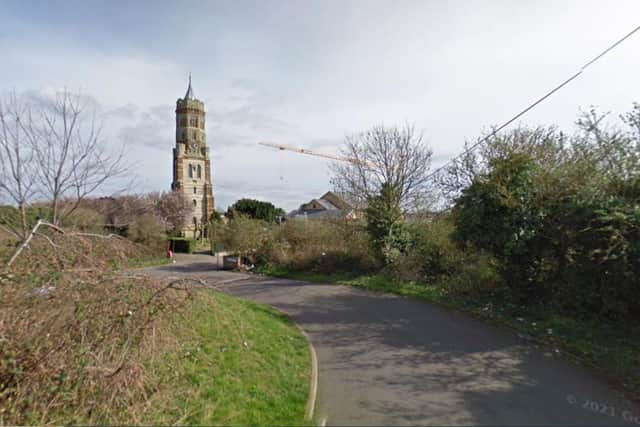Appeal won to build Irthlingborough apartment block
and live on Freeview channel 276
A new block of flats has been given approval to be built next to a 12th Century church after the government’s planning inspectorate allowed their appeal.
Planning permission has been granted for the six apartments and car parking in Irthlingborough, directly opposite the Church of St Peter.
Advertisement
Hide AdAdvertisement
Hide AdThe site is located just outside of the conservation area and is also next to the Louisa Lilley Almshouses - a group of charitable homes that were built to house the poor on the legacy of a member of a local shoe manufacturing family.


Applicant Resham Limited lodged their appeal at the beginning of 2023 as North Northamptonshire Council (NNC) had spent too long determining the outcome.
The council later advised the planning inspectorate that they would have refused the application had they made a formal decision.
The apartment block will be made up of four one-bed flats and two two-beds.
Advertisement
Hide AdAdvertisement
Hide AdThe site has seen two previous proposals for nine flats across two two-storey blocks and another design for a three-storey tall building.


Both applications were dismissed.
The planning inspector wrote that the main issues with the current designs were whether the proposed housing would preserve the special architectural or historic interest of the Grade I listed Church of St Peter, the effect on the setting of the Louisa Lilley Almshouses heritage asset and the living conditions of the future occupants.
The piece of land flagged for construction is currently undeveloped and lies next to a private road off St Peter’s Way, leading to a private car park.
The inspectorate said that the ‘site provides an informal green interlude within the street scene which visually connects with the verdancy and undeveloped character of the church’s grounds’ which is of ‘exceptional special interest’.


Advertisement
Hide AdAdvertisement
Hide AdIt continued: “The appeal proposal would erode the informal undeveloped space within the church’s setting. However, the submitted plans and visualisations demonstrate that the appeal proposal would not visually overwhelm the setting of the church.
“Crucially, the appeal proposal would not compete with the church’s tower as experienced from surrounding vantage points. It would not be domineering or visually discordant.”
It was also found that the flats would not harm the setting of the Almshouses and that the living conditions would be acceptable for future tenants.
The inspector concluded that the appeal proposal would not conflict with the development plan and that planning permission should be granted, subject to conditions.